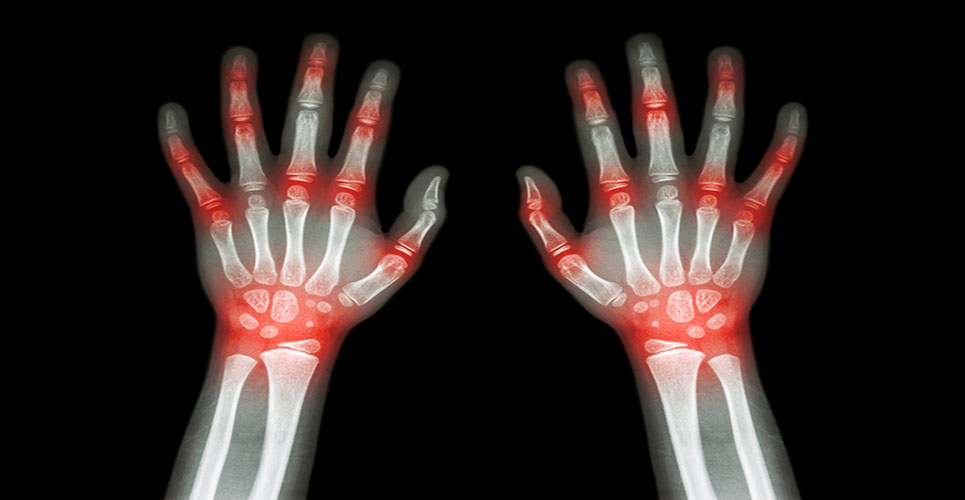teaser
Vitamin D insufficiency and deficiency has been linked to patients with psoriatic arthritis in a new study published in Arthritis Care & Research, a journal of the American College of Rheumatology (ACR).
Seasonal variation in vitamin D levels was not observed in patients in southern or northern locations, while the findings also showed no association between disease activity and vitamin D level.
Psoriasis is a common chronic skin disorder, which is probably caused by an autoimmune response, and is characterized by red scaly patches on the surface of the skin. When accompanied by inflammatory arthritis, the condition is known as psoriatic arthritis (PsA).
Studies suggest that psoriasis occurs in up to 3% of the world’s population and roughly one third of these patients have PsA with prevalence estimates ranging from 6% to 42%.
“Vitamin D deficiency is a widespread concern and it is more common to see individuals living in Northern regions with a deficiency in vitamin D than in those who reside in Southern areas,” said lead study author, Dafna Gladman, Director of the University of Toronto Psoriatic Arthritis Clinic in Canada.
Medical evidence shows that vitamin D deficiency is more common in individuals living at higher latitudes during the winter, suggesting the deficiency is a result of reduced sun exposure.
Furthermore, several studies have reported reduced levels of vitamin D in patients with autoimmune diseases such as rheumatoid arthritis, systemic lupus erythematous, and scleroderma.
The Canadian and Israeli teams set out to determine the prevalence of vitamin D deficiency in PsA patients, seasonal and geographical variants, and associations with disease activity by evaluating 302 patients with PsA from March to August 2009. There were 258 patients evaluated during the winter and 214 patients during the summer.
This cross-sectional study was conducted at two geographically diverse locations: the arthritis clinic in Toronto, Canada was designated the northern site and medical centres in Haifa; Israel was selected for its subtropical, southern location.
Vitamin D levels in the blood, known as 25-hydroxyvitman D [25 (OH) D], were used as the primary measure, as this takes into account vitamin D synthesised from sunlight as well as from ingested foods.
At the northern site, the 25 (OH) D level was insufficient in 56% of PsA patients in the winter and in 59% during the summer. Approximately 51% of patients at the southern location had insufficient 25 (OH) D levels in winter and 62% of patients had insufficient levels in the summer.
The level of vitamin D was deficient in 3% of patients at the northern location only in winter; at the southern site vitamin D deficiency was reported in 4% of patients in the winter and in 1% during the summer.
Differences in patient vitamin D levels regarding seasonal or geographical variations were not statistically significant. Levels of vitamin D were not found to affect disease activity in PsA patients.
However, Dr Gladman said: “Additional research is needed to determine if PsA patients require a greater vitamin D intake to maintain healthy levels than that recommended.”

